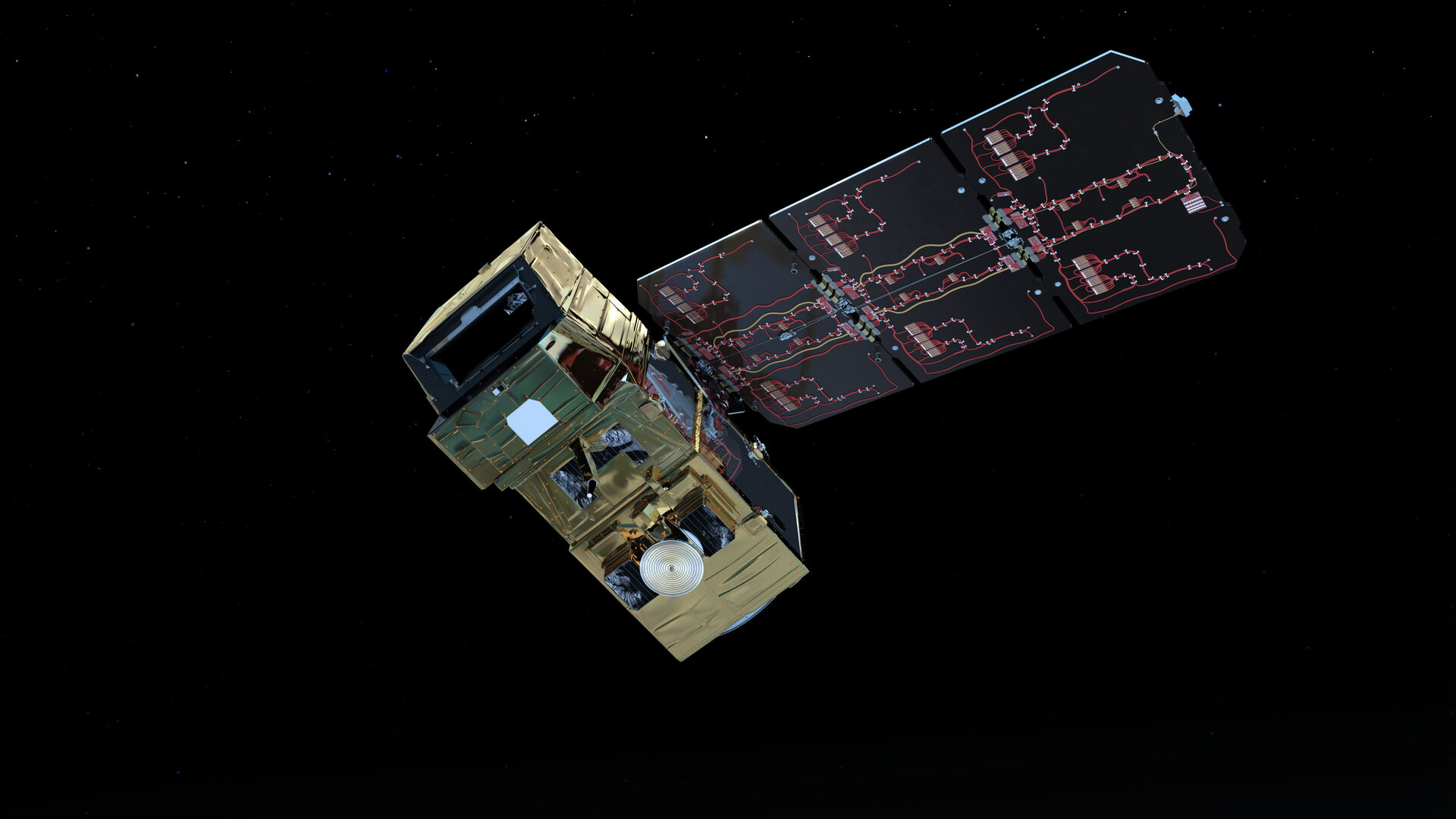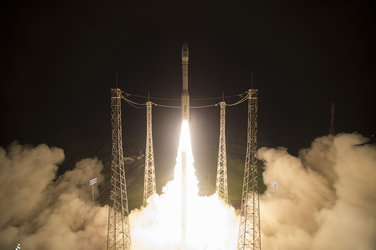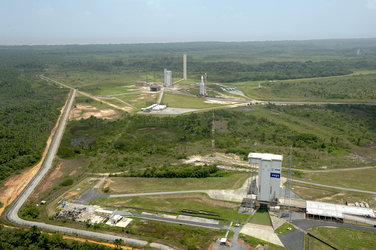Dressed to thrill
Mission teams on two continents completed a pre-launch ‘dress rehearsal’ yesterday, ensuring everything is ready for Sentinel-2B liftoff next week.
A full dress rehearsal yesterday at ESA’s mission control centre in Darmstadt, Germany, and Europe’s Spaceport in Kourou, French Guiana, enabled teams to practice one final time the complete countdown and launch sequence before the real thing on 7 March.
Sentinel-2B is set for liftoff next Tuesday at 01:49 GMT (02:49 CET) on a Vega rocket, which will deliver the sophisticated Earth-watching satellite into orbit about an hour later.
In space, the new spacecraft will join its identical twin, launched in 2015, completing the two-ship constellation and effectively doubling the coverage provided by Europe’s ‘colour vision’ mission.
The two satellites will be placed in the same orbit, separated by 180° and, every five days, will jointly image land, large islands and inland and coastal waters, optimising global coverage and data delivery for numerous applications.
The two spacecraft are part of a new fleet of Sentinels that are delivering the data and images that are central to Europe’s ambitious Copernicus programme.
Final simulation training
In yesterday’s final ‘sim’, teams at ESA mission control worked with the joint ESA, Arianespace and industry launch team in Kourou to rehearse the launch sequence.
This included configuring the launcher and spacecraft for flight, stepping through the pre-launch countdown and then following the (simulated) flight of the Vega rocket and Sentinel-2B through to the receipt of first signals from the satellite and deployment of the solar array.

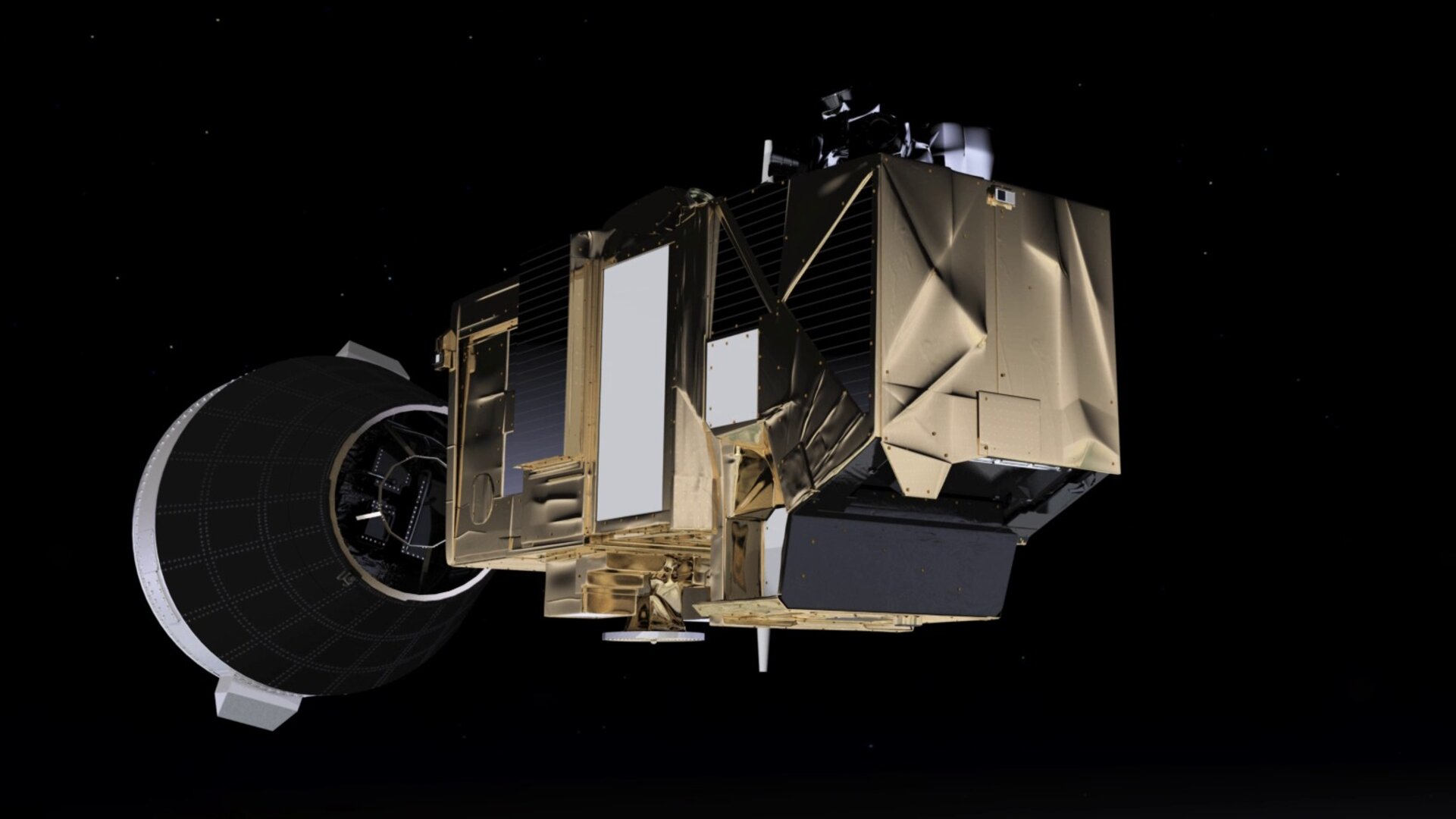
Access the video
For ESA’s mission controllers, the dress rehearsal was the last in an intensive series spanning the past several months. During the rehearsal, engineers at ESOC received live signals from the satellite via an umbilical connection that will be disconnected shortly before launch.
Critical days
On Tuesday, the Vega rocket will provide Sentinel-2B with a spectacular ride into orbit, aiming to reach just below the final target of about 786 km altitude, where its twin is already flying.
The satellite will later use its propulsion thrusters to be nudged up to match Sentinel-2A’s altitude, with the two flying in a carefully planned constellation.
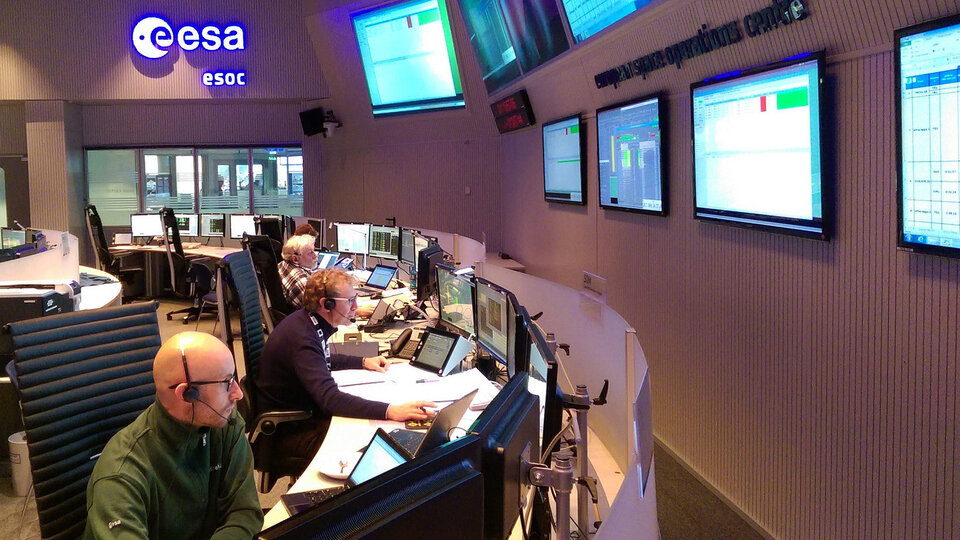
Mission controllers expect to receive the satellite’s first signals around 60 minutes after lift off.
Receipt of signals will mark the start of intense activity that will see teams working 24 hours a day to shepherd the new satellite through its first few critical days in orbit.
Engineers must ensure that the solar array has deployed so as to provide power, that the spacecraft is stable and properly oriented and that all systems are working as expected.
Teamwork
Yesterday’s rehearsal involved an extended ‘team of teams’ − satellite engineers, specialists working on tracking stations and on the sophisticated hardware and software used to control the satellite and distribute its data as well as experts working in areas like flight dynamics and training.
By next Friday, teams expect to have the craft configured for normal flight in its target orbit and to revert to normal work hours for the subsequent three-month satellite commissioning phase including the main imaging instrument (MSI) in-orbit verification.


